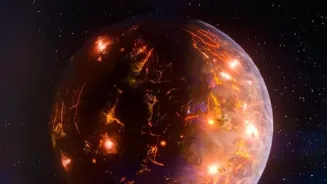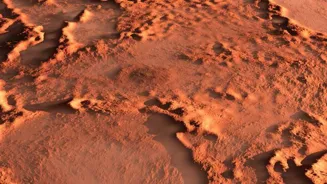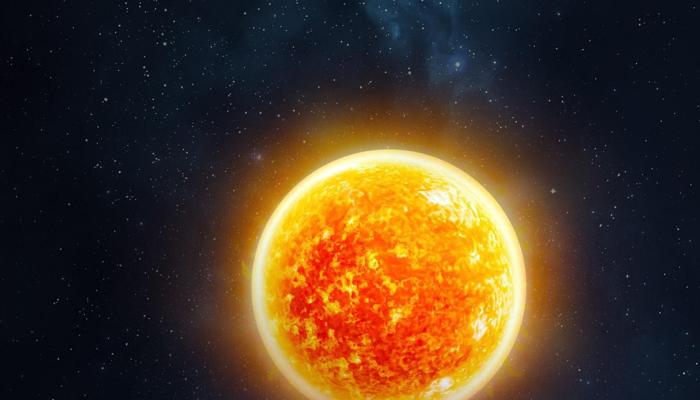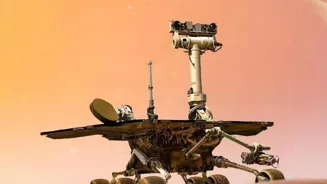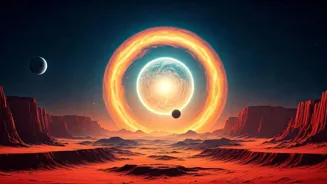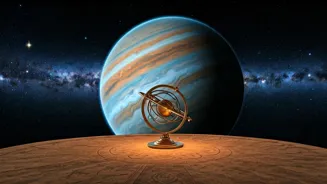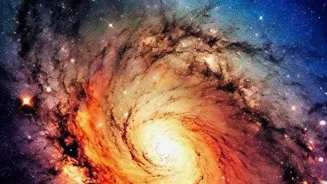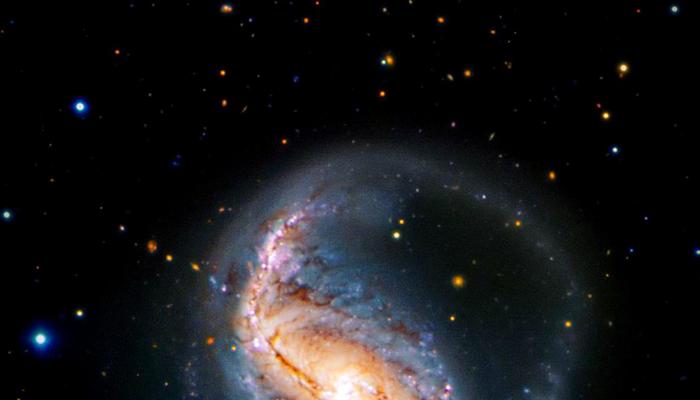Delve into the fascinating realm of exoplanets beyond our solar system. Explore the top 7 most habitable worlds discovered!
For generations, humankind has gazed at the twinkling stars, wondering if we are
alone in the vast cosmic ocean. The dream of answering this fundamental question has propelled scientists to develop ever-more-powerful telescopes and sophisticated analytical techniques.
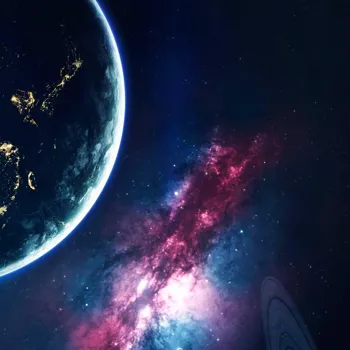
While the existence of extraterrestrial life remains unproven, the discovery of exoplanets – planets orbiting stars other than our sun – has brought us closer than ever before to potentially finding another Earth.
Notably, what exactly defines habitability remains complicated, with scientists using various factors to assess an exoplanets' ability to foster conditions for life. Water isn’t the only factor. The discovery of thousands of exoplanets has revealed unexpected planetary diversity.
Seven exoplanets show potential for hosting life, including Kepler-186f and Kepler-62e
The exploration is still ongoing, and the list will continue to expand, these seven planets already excite the scientific community.
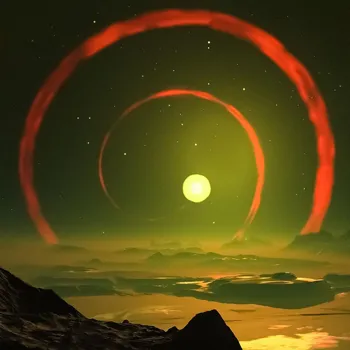
Habitable doesn’t mean that these planets automatically host for extraterrestrial life, it only means they are most likely to support life and are the most suitable for finding the living organisms. One planet worth mentioning is Kepler-186f.
Located about 500 light-years away in the constellation Cygnus, Kepler-186f was the first Earth-size planet discovered in the habitable zone of another star. The star is a red dwarf, smaller and cooler than our own sun.
Also discovered Kepler-62e in the constellation Lyra, about 1,200 light-years away. Kepler-62e is estimated to be roughly 60% larger than Earth. Scientists estimate that Kepler-62e may be potentially be a water world, it doesn't have any landmasses.
Search for habitable exoplanets focuses on Goldilocks zone for liquid water and life
The search for habitable exoplanets focuses on finding planets within the "habitable zone" of their stars, also known as the Goldilocks zone – a region where temperatures are just right for liquid water to exist on a planet's surface. Liquid water is considered essential for life as we know it.
Other factors considered include the planet’s size, mass, composition, atmospheric properties, and the type of star it orbits.
A stable atmosphere is also crucial for moderating temperatures and shielding the surface from harmful radiation, so planets with strong magnetic fields are very attractive. Planets with excessive cloud cover and strong winds may not be an ideal host of life.
It’s important to remember we can't know all the factors, and there may be something we haven't even thought about.
Exploring promising exoplanets for potential habitability
Among the thousands of confirmed exoplanets, a handful stand out as the most promising candidates for habitability. These worlds represent potential stepping stones in our quest to understand the possibility of life beyond Earth.
Using these discoveries, scientists hope to plan future explorations to these potentially habitable exoplanets.
It is important to understand that exoplanet research is an ongoing process, and our understanding of these distant worlds is constantly evolving with each new observation and scientific advancement. This is also helped by new powerful telescopes and detectors that are launched into space.
Understanding how life originated on Earth and the environmental conditions that support it can help scientists develop better computer models.
Trappist-1e: Earth-sized planet in Aquarius, potential for liquid water
One of the most tantalizing prospects is TRAPPIST-1e, one of seven planets orbiting the ultracool dwarf star TRAPPIST-1, located approximately 40 light-years away in the constellation Aquarius.
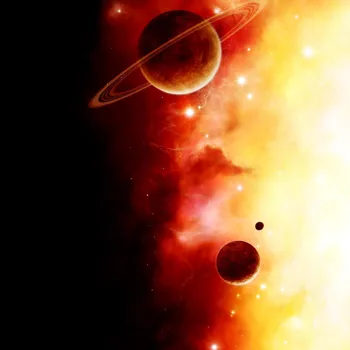
TRAPPIST-1e is roughly the same size and mass as Earth and receives a similar amount of energy from its star, making it a prime candidate for liquid water on its surface. Its density suggests a rocky composition, and scientists believe it may have a substantial atmosphere.
It may not be as habitable as the Earth, but it is the closest in its parameters. The red dwarf star the TRAPPIST-1e orbits is called TRAPPIST-1, and is much smaller and cooler than Earth. It has a relatively short orbital period and is tidally locked.
It probably has an atmosphere, a small amount of solar energy, liquid water, and a solid surface.
Proxima Centauri b: potential habitable exoplanet near red dwarf star
Another intriguing exoplanet is Proxima Centauri b, which orbits Proxima Centauri, the closest star to our sun at just over 4 light-years away.
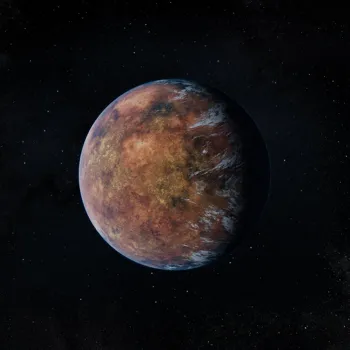
Proxima Centauri b is slightly larger than Earth and resides within its star's habitable zone, although its proximity to a red dwarf star poses some challenges.
Red dwarfs are known for their frequent and powerful flares, which could potentially strip away planetary atmospheres and make conditions inhospitable.
Despite these challenges, recent studies suggest Proxima Centauri b may still be able to retain an atmosphere and potentially host liquid water, but this is still unconfirmed.
This planet is an ideal target for future explorations and holds great potential in searching for the existence of alien life.
